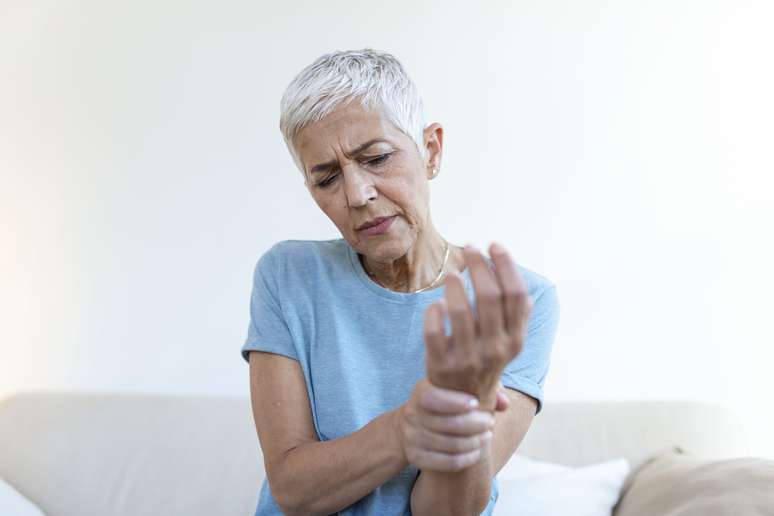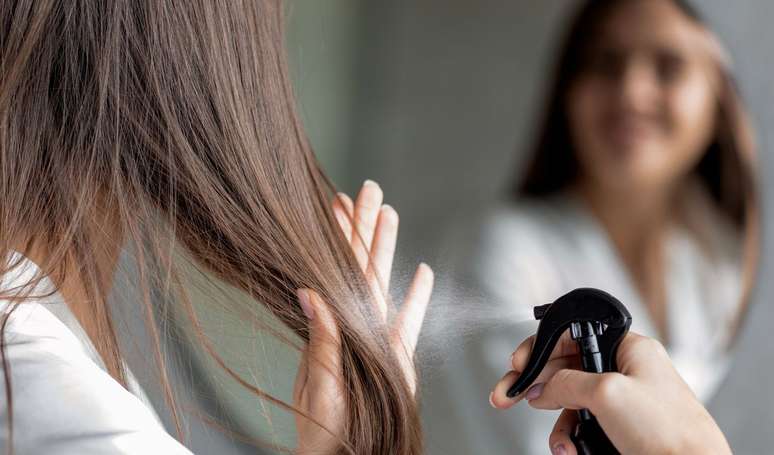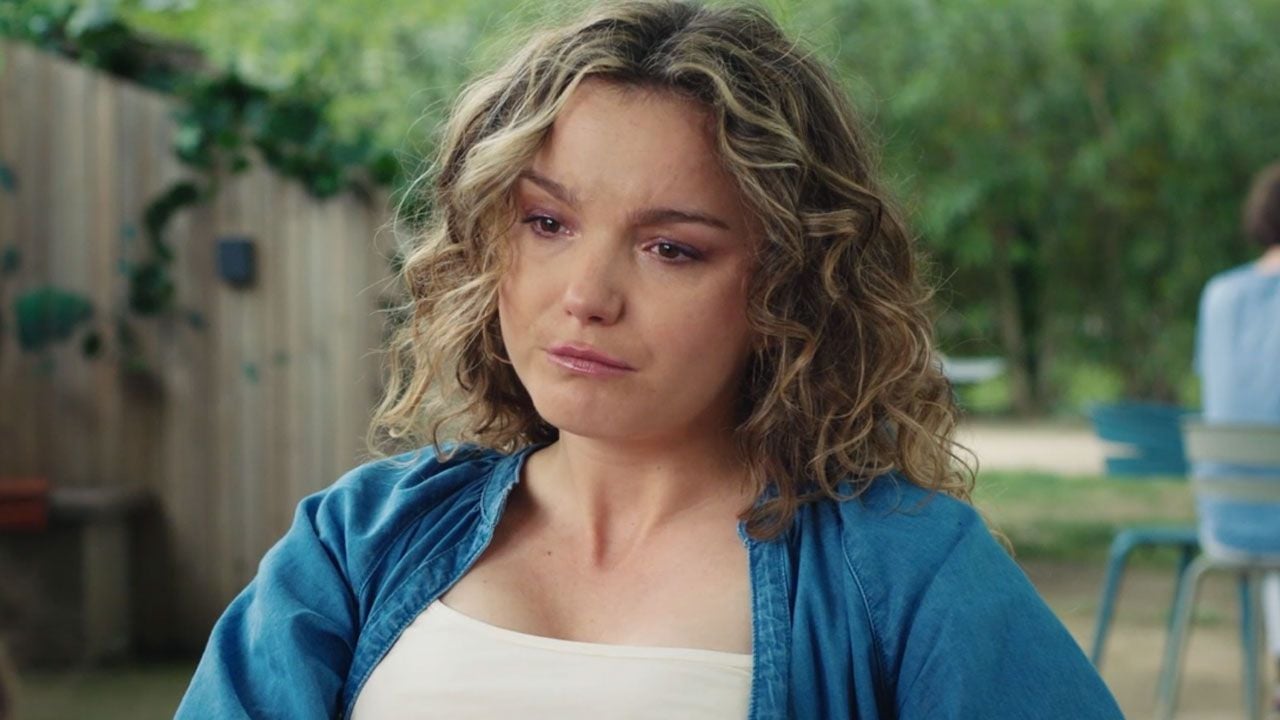Early diagnosis increases the chances of a cure, so it’s essential to observe your skin frequently; learn what habits to adopt to prevent the disease
OR skin cancer non-melanoma is the most common type among Brazilians. It represents 30% of all malignant tumors registered in the country, according to data from the National Cancer Institute (Inca), of the Ministry of Health. Its presence is mainly related to prolonged exposure to the sun without protection. But there are other factors at play: fair-skinned people, many moles on their bodies, childhood sunburn, no family history, or no Tan they have higher risks.
These factors can lead to a change where skin cells begin to grow abnormally. abnormal and unrestrained. It is from this deregulation that skin cancer arises, which is divided into two groups, as indicated by Ramon Andrade, an oncologist and clinical staff member of the Israelite Albert Einstein Hospital, in São Paulo. According to the specialist, skin cancer can be melanoma or non-melanoma.
The most common of these is nonmelanoma, which is also usually less aggressive. It is divided into two categories: it can be a Basal cell carcinomawhen the affected cells are those of the lower part of the epidermis, or squamous cell carcinoma, in cases where the affected cells are those of the most superficial layer of the skin. “In both cases, when discovered in the early stages, the treatment is done surgically,” he assures.
Melanoma skin cancer originates in melanocytes, i.e. the cells that produce melanin responsible for skin pigmentation. It is less frequent: it represents 3% of malignant neoplasms of the organ, according to INCA data. However, it is the most aggressive, with the highest mortality and the greatest chance of metastasis – when the cancer spreads to other organs. If discovered early, surgery is also indicated as the main treatment, but in more advanced stages of the disease, complementary procedures may be recommended, such as immunotherapy.
‘Orange December’: Discover 10 risk factors for skin cancer
The appearance of non-healing lesions that change color, size or regularity in existing spots are warning signs
Sunscreen: how to choose the ideal one? see tips
The expert says that the filter should not be eliminated even on cloudy days
How to identify?
According to José Roberto Fraga, dermatologist and member of the Brazilian Society of Dermatology (SBD), the Rule ABCDE it can help with identification. In this method, each letter indicates an appearance of spots and blemishes on the skin that must be observed.
- Asymmetry. In general, melanomas are asymmetrical lesions. Therefore, asymmetrically shaped spots and blotches can be indicative of skin cancer.
- edges. The contour must also be taken into consideration. Whether with blurs or waveforms, the edges of the moles should also be observed.
- Color. Different colors in the same paint, such as shades of black and brown, are a warning sign to seek professional medical help.
- Diameter. Lesions larger than 6 millimeters can also indicate a possible case of skin cancer because, in general, benign moles do not exceed this size.
- Evolution. Any observed changes in the characteristics of the lesions, such as growth, shape and color, are points of attention, especially when this happens suddenly.
In addition to this method, which can be performed by anyone, other factors can be observed. Wounds that don’t heal and spots that itch, bleed, or peel off are also indications. Understanding these aspects, especially for cases of melanoma, can be important for early diagnosis and treatment. “When identifying these signs, the patient should seek a specialist physician, such as a dermatologist,” advises Fraga, who stresses the importance of rapid diagnosis to increase the chances of a cure.
How to prevent skin cancer?
As important as early treatment is prevention. See expert recommendations for preventing skin cancer.
- Protect yourself from the sun. Avoid sun exposure during the hours of greatest intensity, such as between 10:00 and 16:00. If this is not possible, adopt protections such as sunscreen, shady places and clothing with protection from ultraviolet rays.
- Use the ideal FPS. When choosing sunscreen, avoid those with an SPF below 30. People with fair or sensitive skin should invest in a higher SPF.
- Sunscreen is routine. It’s not just in your free time, like at the pool or on the beach, that you should use sunscreen. It should be part of your routine and reapply every two hours, especially in situations that involve perspiration or contact with water.
- Hereditary factors. The dermatologist explains that a patient with a family history is more likely to develop skin cancer. Therefore, if this is your case, he adopts protective care, observe your skin frequently and follow up with a specialist doctor.
- Seek out a dermatologist. The recommendation is to go to the dermatologist at least once a year. In this way it is possible to have frequent monitoring and promptly identify any skin alterations.
+The best content in your email for free. Choose your favorite Terra newsletter. Click here!
Source: Terra
Ben Stock is a lifestyle journalist and author at Gossipify. He writes about topics such as health, wellness, travel, food and home decor. He provides practical advice and inspiration to improve well-being, keeps readers up to date with latest lifestyle news and trends, known for his engaging writing style, in-depth analysis and unique perspectives.









